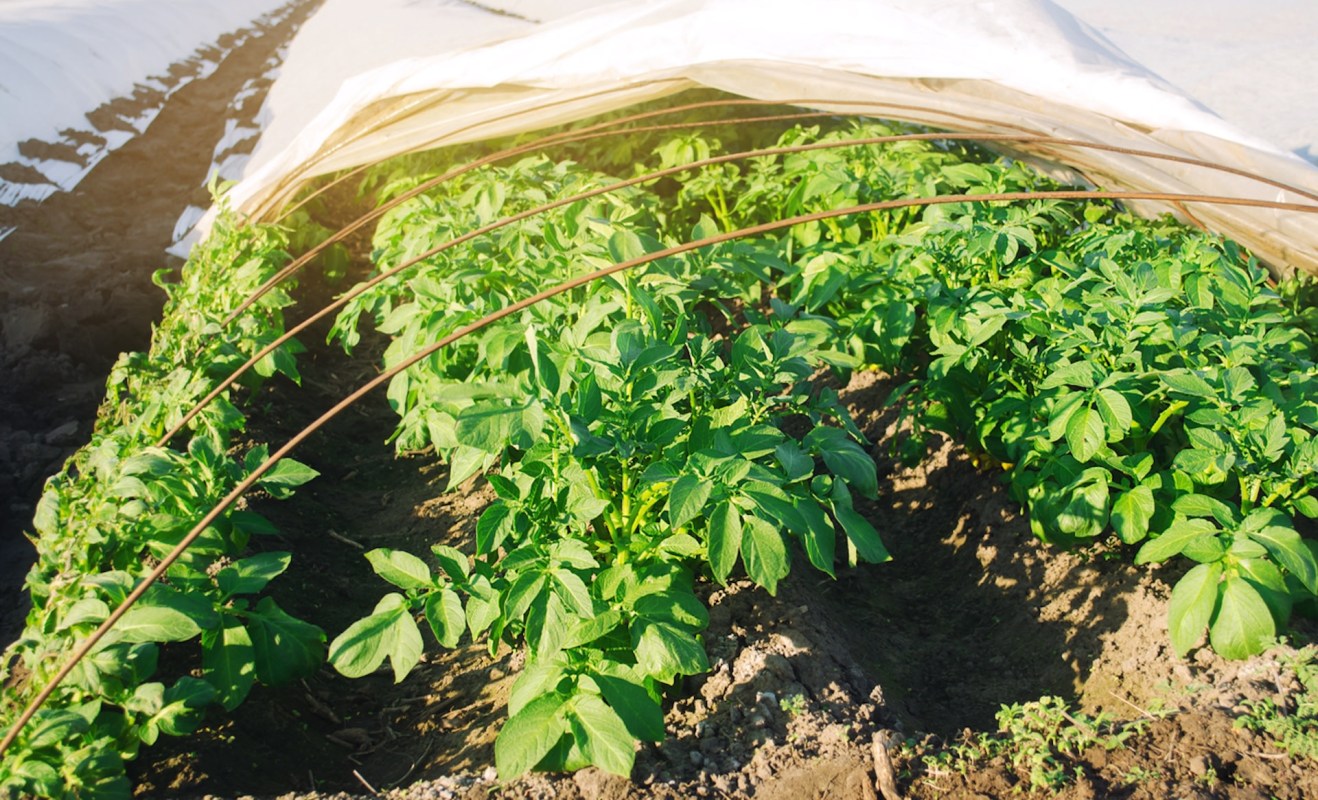A crystal-like film thinner than a piece of hair may prevent farmers from losing significant amounts of crops to frosty conditions at night — and reduce both pollution and plastic waste in the process.
As detailed by Anthropocene, researchers in China mixed germanium (a silicon-like material) and zinc-sulfide (a natural salt) to produce a heat-trapping substance that also creates a "passive warming" of the air underneath using certain wavelengths of light.
"This may sound too good to be true, but it is in fact the latest discovery," Emma Bryce wrote for the outlet, noting that the ultra-thin film could raise ground temperatures by nearly nine degrees Fahrenheit without electricity.
The findings were published in the online peer-reviewed journal Nature.
The need to adapt to weather conditions is nothing new in the farming industry, which has traditionally used a variety of methods to keep crops safe, including protective plastic sheets, heaters, and insulating blankets.
Since roughly 5-15% of crops worldwide are destroyed by frost each year, per an article in ScienceDaily, keeping them warm is vital to prevent a loss of income and food supply.
However, as Anthropocene pointed out, the aforementioned solutions are inefficient and can require a lot of energy.
One study in the United Kingdom found that heating was responsible for 37% of total energy in agriculture, with 86% of that demand fueled by dirty energy, including coal, oil, and gas, as reported by HRS Heat Exchangers.
The overheating of our planet — mostly driven by the use of dirty energy — has further complicated matters for farmers, as it has been linked to extreme weather events, including drought and intense snowfall.
According to a Farmer Voice survey published by Bayer, 71% of farmers said that changing global temperatures have impacted their farms, while 73% dealt with more pressure from disease and pests, some of which have increased their ranges and populations. This resulted in an average reduction of income by an estimated 15.7%.
Researchers have already tested their ultra-thin film in the field, and while there is no word on when it could be made widely available, they believe that experimentation with other light wavelengths could help them adapt the technology to support crops in other conditions, including desert climates.
"Ultimately, the innovative photonic strategy for night-time warming heralds a promising approach to energy conservation in diverse scenarios, thereby paving the way for a new paradigm in the pursuit of carbon neutrality," the researchers concluded in the study.
Join our free newsletter for weekly updates on the coolest innovations improving our lives and saving our planet.









